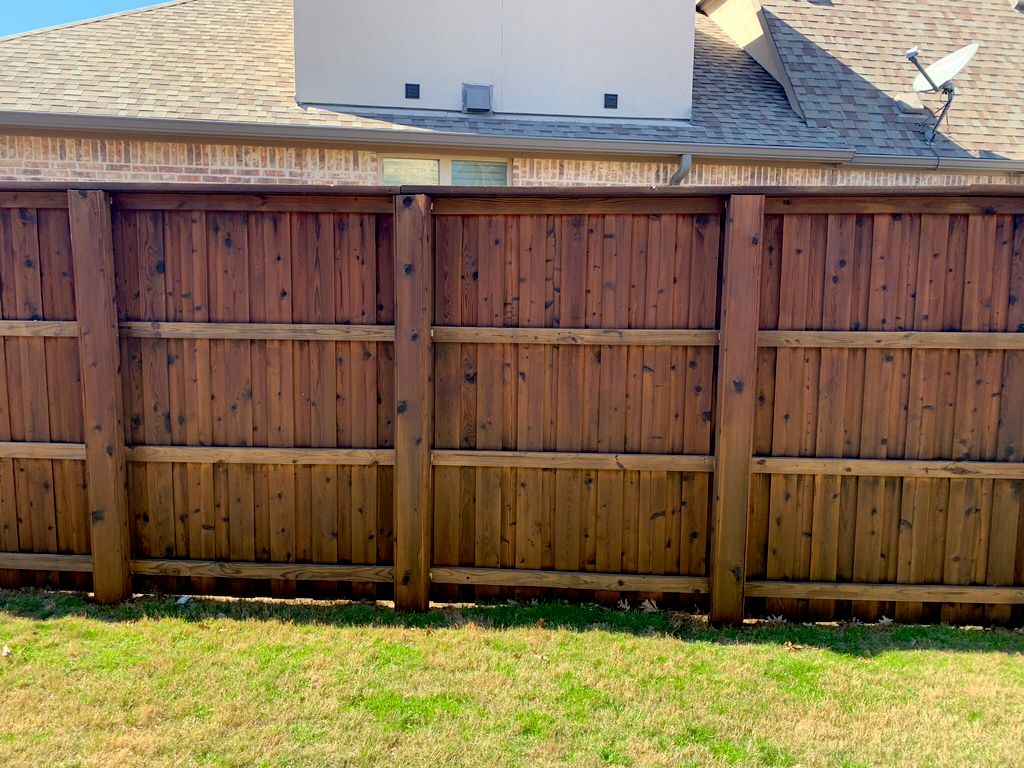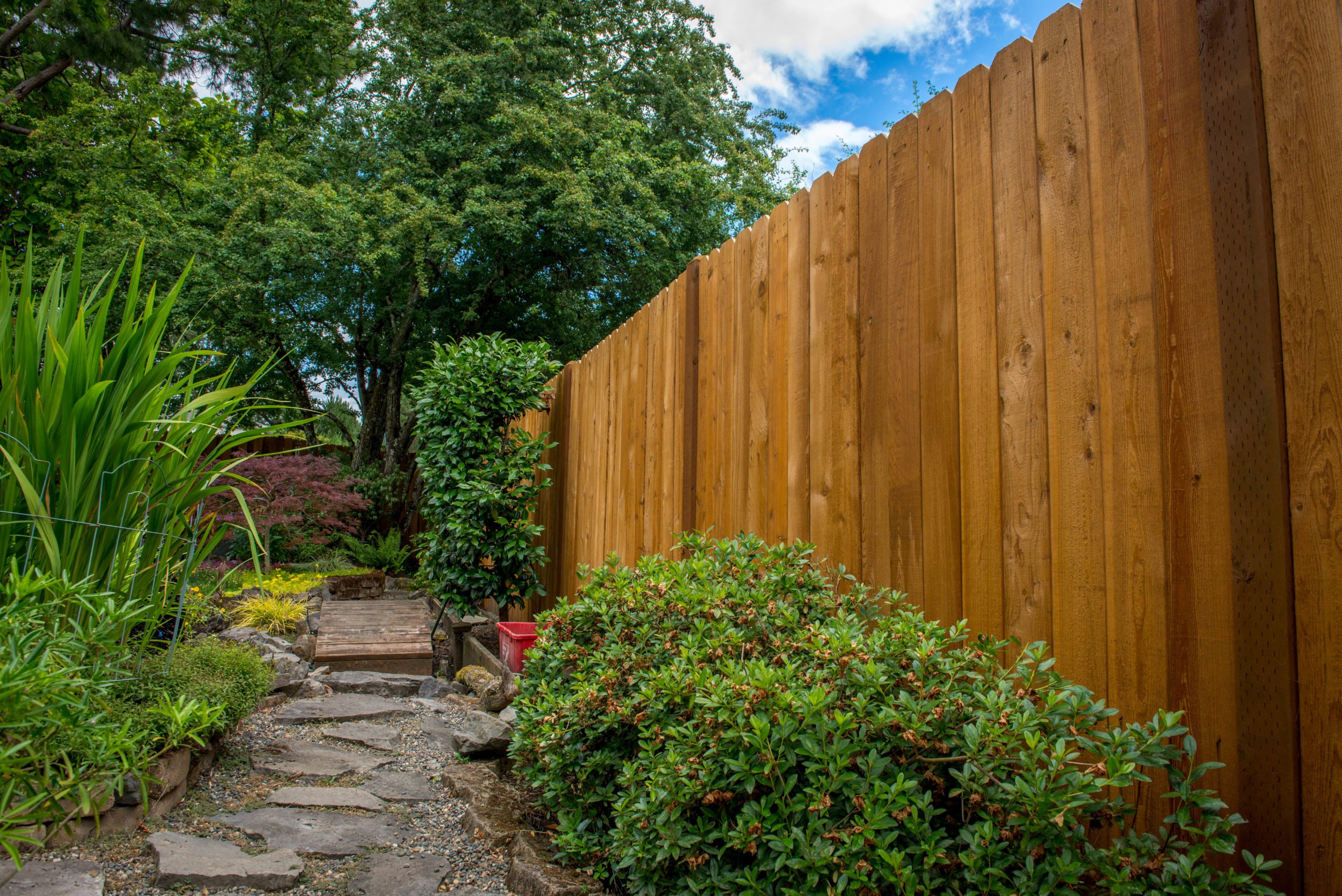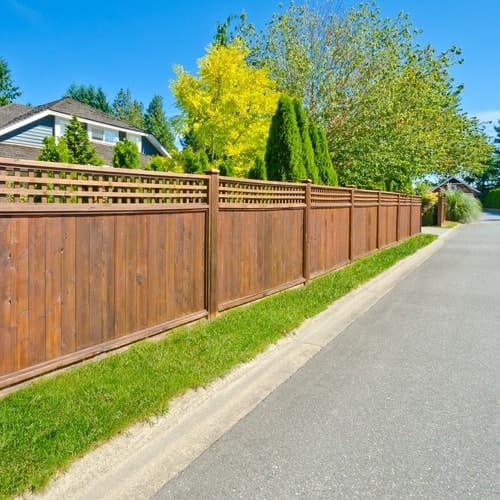Crucial Tips for Deck Discoloration Success
Achieving a faultlessly tarnished deck needs more than simply a brush and a container of discolor. From choosing the right kind of tarnish to grasping the art of application, each stage plays a vital function in the final end result.
Picking the Right Spot
Selecting the proper tarnish is extremely important in accomplishing a sturdy and aesthetically pleasing finish for your deck. pressure washing near me. When selecting a stain for your deck, it is vital to think about elements such as the wood kind, wanted color, level of security needed, and upkeep choices
First of all, think about the sort of timber your deck is made from, as different wood varieties might respond in different ways to particular kinds of spots. Hardwoods like oak or mahogany might need different stains contrasted to softwoods like pine or cedar. Understanding the attributes of the wood will assist you choose a stain that permeates effectively and enhances its all-natural appeal.
Next, consider the color you desire for your deck. Stains can be found in a variety of colors, from natural tones that improve the timber's grain to more opaque shades that give much better UV security. Pick a shade that enhances your outdoor room and matches your visual preferences.
In addition, evaluate the degree of defense the stain offers. Some spots provide much more extensive protection against UV rays, wetness, and mold, which can lengthen the life of your deck. Balancing protection with aesthetics is crucial to achieving a resilient and aesthetically enticing finish.
Preparing the Deck Surface
To make certain a successful application of the chosen tarnish, thorough prep work of the deck surface is crucial. Start by cleaning the deck thoroughly to get rid of dust, particles, and any type of previous coverings. Use a deck cleaner or timber brightener in addition to a stiff-bristled brush to scrub the surface area tidy. Pay very close attention to locations prone to mold and mildew and mold development. After cleansing, enable the deck to completely dry entirely before proceeding.
Check the deck for any type of damaged or rotten boards. Change or fix these as needed to guarantee the structural integrity of the deck. Fining sand the surface area may be necessary to ravel harsh areas and remove any kind of loosened timber fibers. concrete sealing brentwood. This step not only aids the discolor adhere far better however also boosts the general look of the deck.
Using the Stain Properly

Begin by thoroughly blending the stain to ensure an even consistency. Use a paint stirrer to blend the stain well, particularly if it has been sitting for a while. When applying the stain, use a paintbrush, roller, or sprayer , depending on the kind of tarnish and the dimension of the deck. Operate in convenient areas to stop the tarnish from drying out erratically. Apply the discolor in the direction of the wood grain to ensure even coverage and a professional coating.
If a 2nd layer is required,Allow the initial coat to completely dry entirely before deciding. Adhere to the maker's guidelines pertaining to drying out times and reapplication. Appropriate application of the stain is vital for protecting your deck and boosting its appearance for several years to find.
Maintaining Your Tainted Deck
After successfully using the discolor to your deck, preserving its look and protective qualities is vital for long-term resilience and visual charm. Normal maintenance is vital to protecting the elegance and stability of your tarnished deck. To keep your deck looking its finest, it is recommended to clean it a minimum of annually. Use a mild detergent and water to eliminate dust, gunk, and mold that can collect on the surface. Additionally, examine your deck every year for any company website kind of indicators of wear or damage. Dealing with problems immediately can stop them from getting worse and extend the life of your tarnished deck. Relying on the foot traffic and exposure to the components, you might need to reapply a fresh coat of tarnish every 2-4 years. This will certainly help preserve the color and protective surface of your deck, making certain that it remains to boost your outdoor space for many years to find.

Troubleshooting Common Issues
Recognizing and attending to usual issues that may emerge with your discolored deck is crucial for guaranteeing its longevity and ideal efficiency. One common trouble is flaking or peeling off of the stain.
An additional problem usually experienced is mold and mildew and mold development on the deck surface. This can be credited to moisture retention, lack of sunlight, or incorrect ventilation. To tackle this trouble, a complete cleansing with a mold and mildew eliminator adhered to by correct drying and application of a mold-resistant stain is important.
Moreover, fading of the tarnish shade with time is a prevalent issue. UV direct exposure and rough weather condition can cause discoloration. To address this, view website choosing a top notch, UV-resistant tarnish and using a fresh coat regularly can assist preserve the deck's visual charm.

Verdict
In final thought, successful deck discoloration needs choosing the ideal stain, effectively preparing the deck surface area, using the discolor correctly, and preserving the stained deck. Read Full Report By adhering to these vital tips, you can accomplish a wonderfully tarnished deck that improves the total look of your outdoor area. Remember to repair any usual issues that might arise during the staining process to ensure a visually enticing and durable result.
Attaining a perfectly stained deck calls for more than just a brush and a container of tarnish.To guarantee a successful application of the chosen discolor, extensive prep work of the deck surface is necessary. When using the stain, utilize a roller, paintbrush, or sprayer , depending on the kind of tarnish and the dimension of the deck.Identifying and attending to typical concerns that might occur with your discolored deck is necessary for guaranteeing its long life and optimum efficiency.In conclusion, successful deck staining requires choosing the best discolor, effectively preparing the deck surface area, using the tarnish appropriately, and maintaining the stained deck.